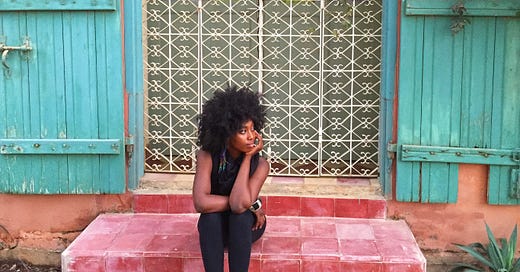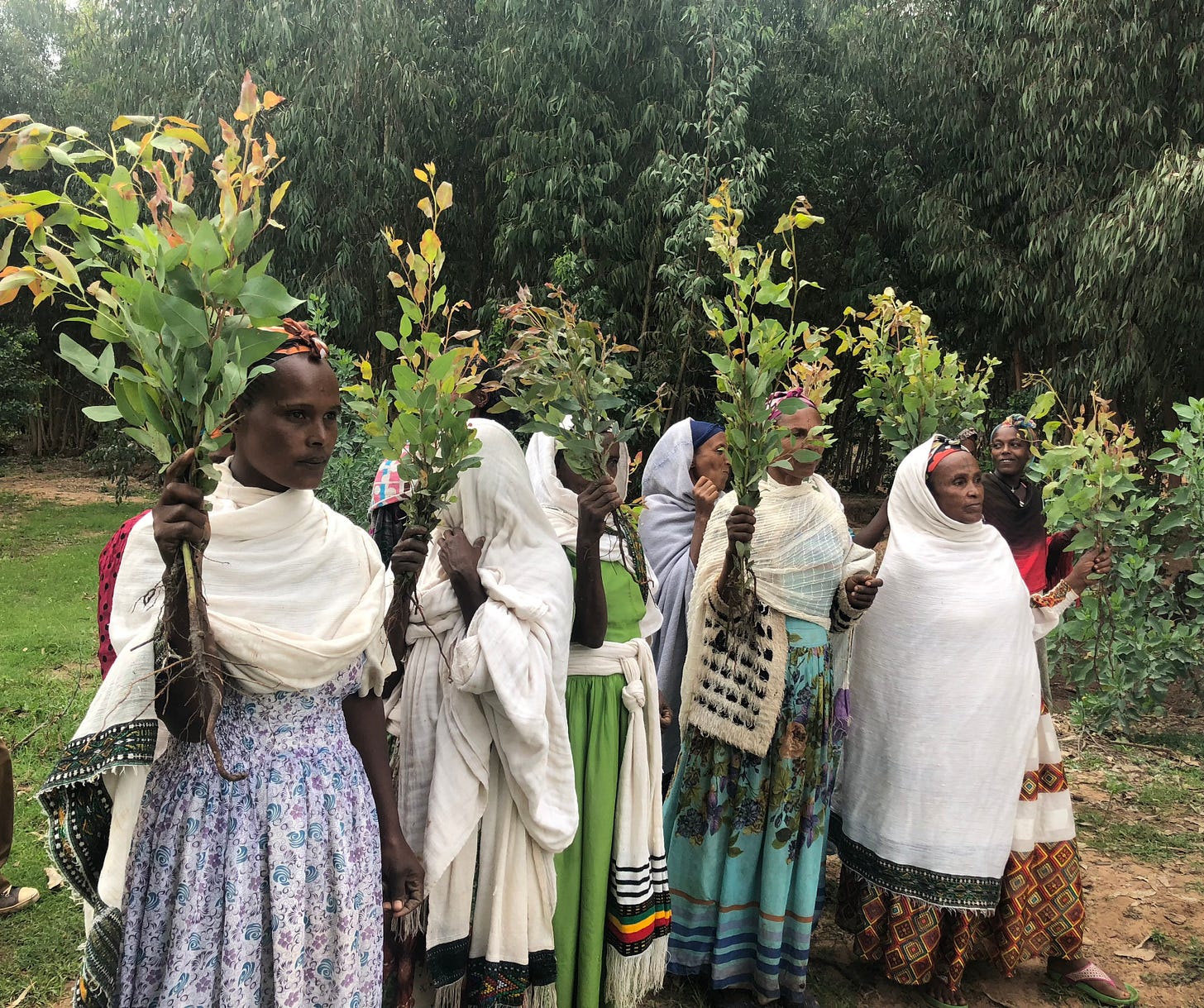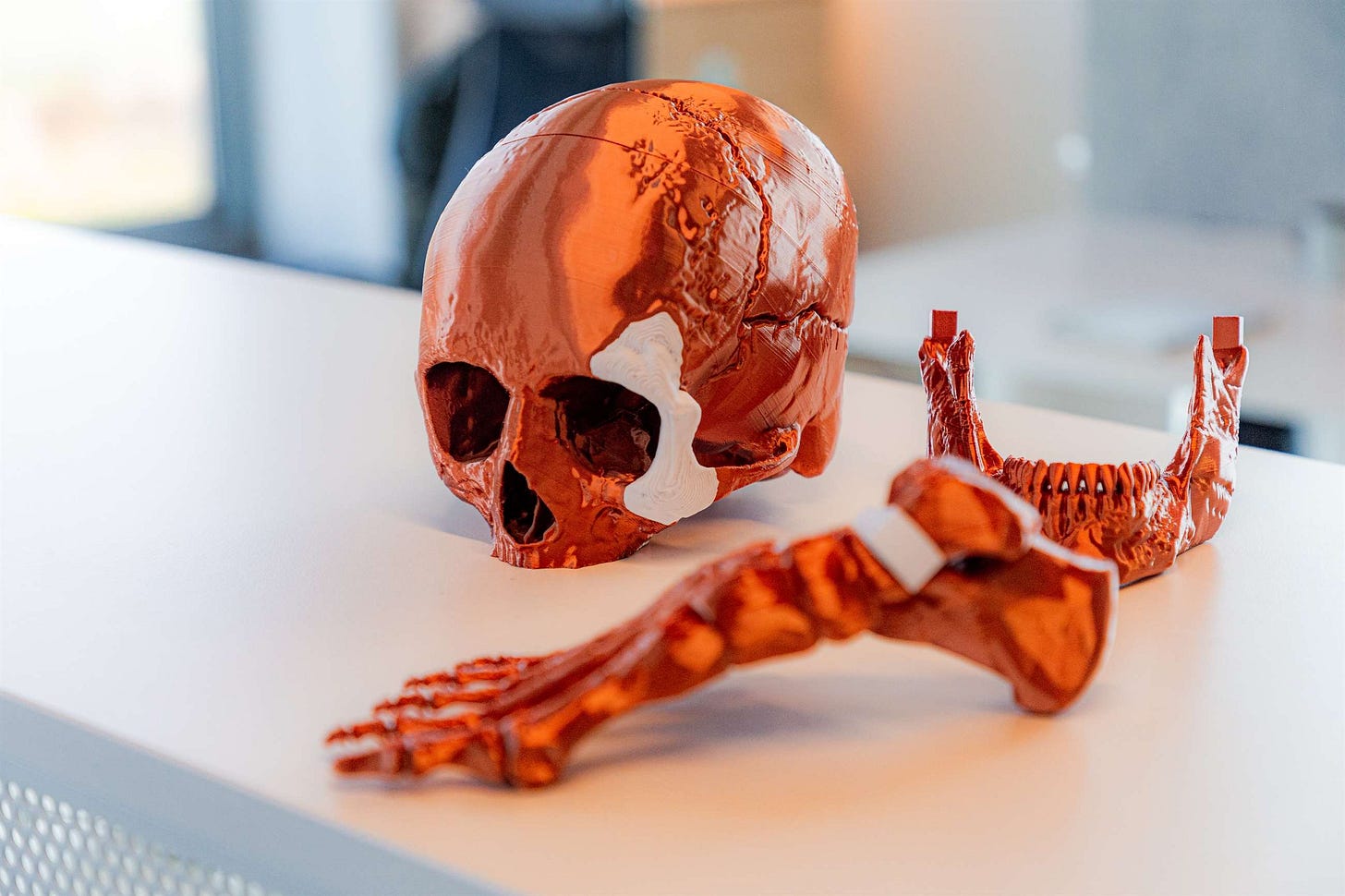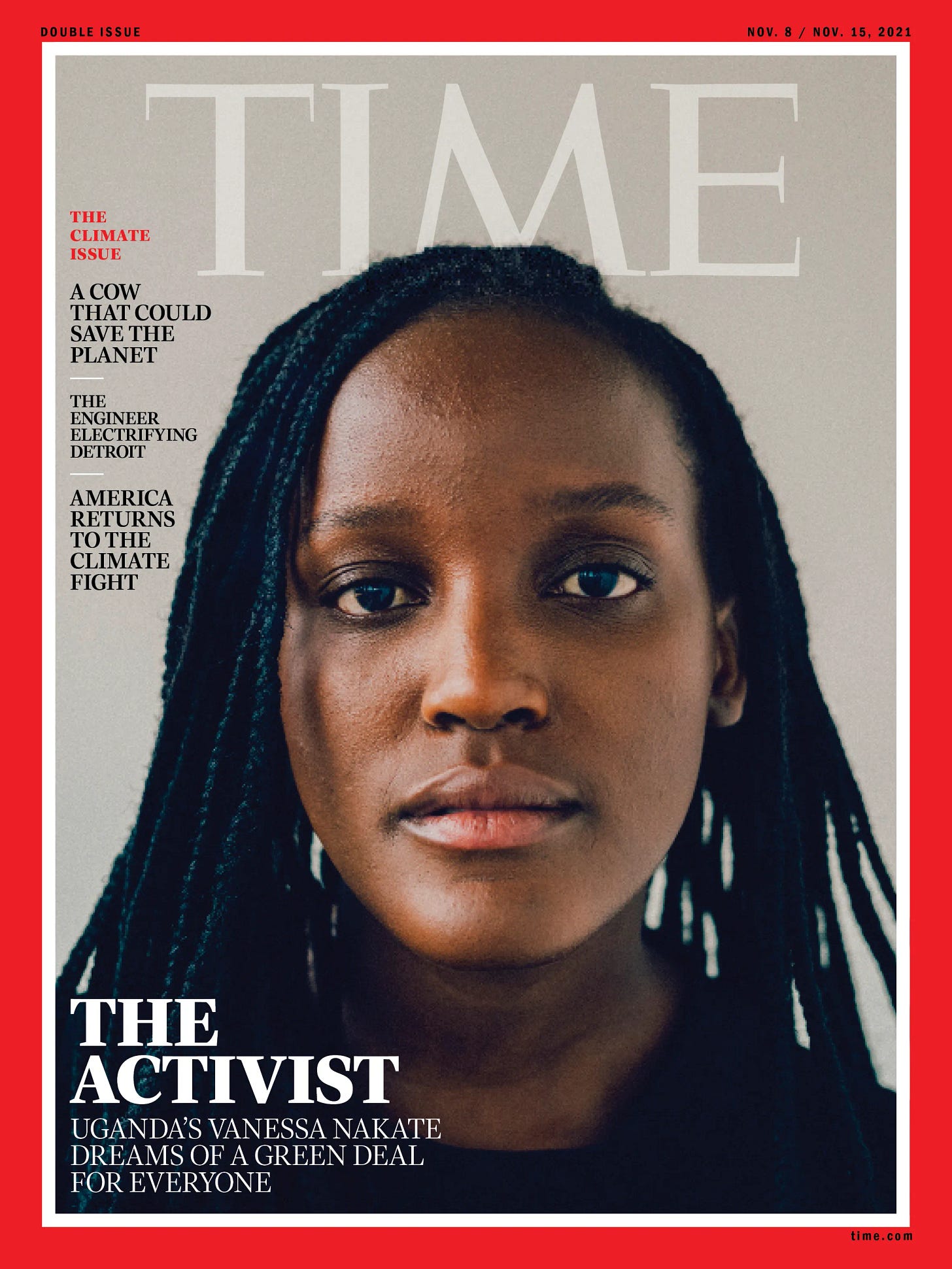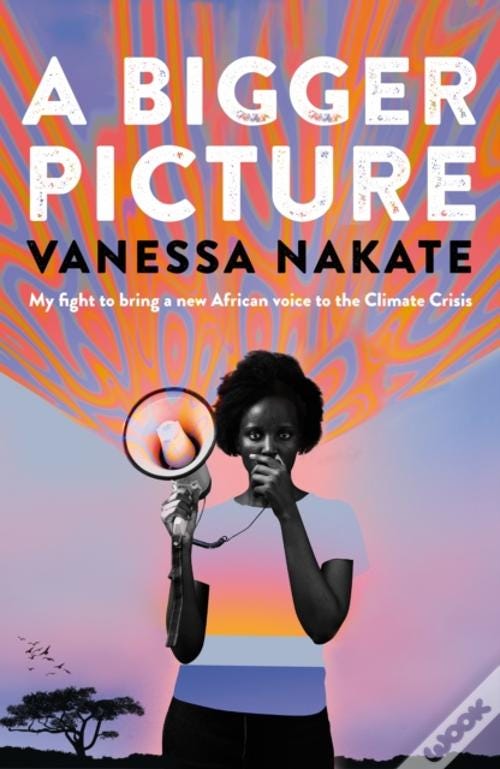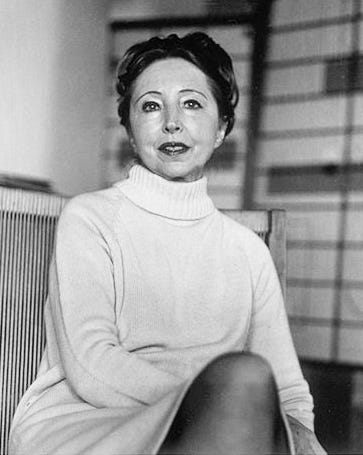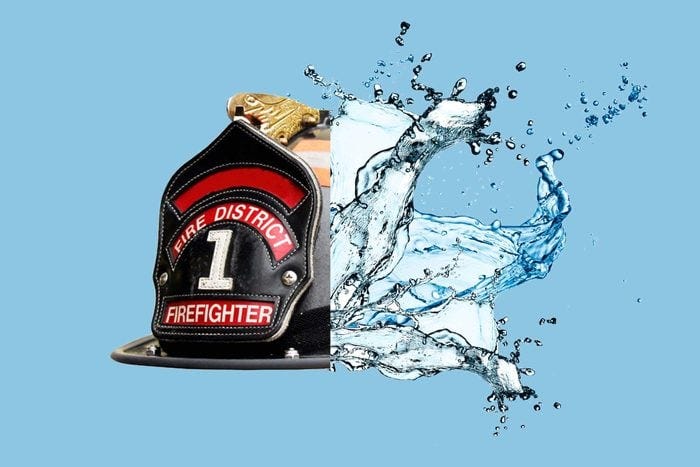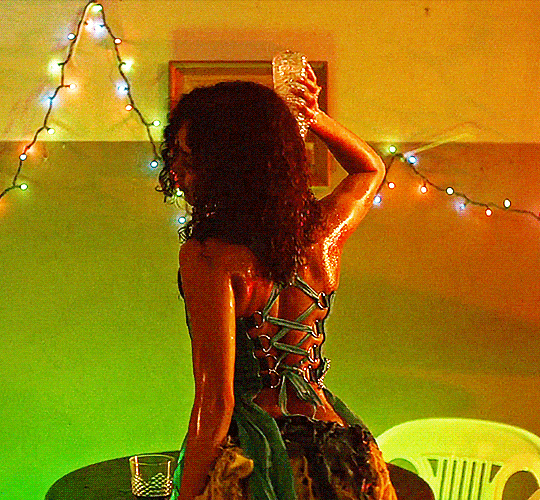The Divergent CEO, by Inna Modja #8
Artist & United Nations Goodwill Ambassador, riding the waves of Life with a divergent ADHD mind. Welcome to my digital journal where I write about Sustainable Innovations in Art/Tech/Fashion/Life.
Welcome to “The Divergent CEO” by Inna Modja- For the dreamers, change makers who refuse to accept the status quo, or to fit in a box. Buckle up and let’s go!
Hey Y’ALL!
Photo by Marco Conti Sikic, in DAKAR
COP28, the biggest Climate conference is approaching! This year, it will take place in Dubaï (UAE) from 30 November until 12 December 2023.
I’ll be there with the United Nations Convention to Combat Desertification (UNCCD) which I’m a Goodwill Ambassador for.
I’m looking forward to highlighting the importance of gender equality as we fight against land degradation and climate issues. All around the World, Women & Girls often carry the brunt of climate change consequences, added to a myriad of gender based inequalities and violence. It’s urgent to address it and find more inclusive solutions.
Photo i shot in Tigray, while we were filming the Great Green Wall Film.
*COP is United Nations annual conference on climate change. It stands for Conference of the Parties— a meeting where United Nations member states convene to assess progress in dealing with climate change and make a plan for climate action within the guidelines of the UNFCCC. (The formal name for the meetings is the Conference of the Parties of the UN Framework Convention on Climate Change or the United Nations Climate Change Conference.) The first COP was held in Berlin in 1995.
TECH: 3D PRINTED BONES
Photo by Ossiform
3D printing is an industry promising everything from cheap house building through to affordable rugged armour, but one of the most interesting uses of the technology is the building of 3D printed bones.
Have you heard about Medical 3D printing, creating patient-specific replacements of different bones from tricalcium phosphate – a material with similar properties to human bones?
Using these 3D printed bones is surprisingly easy. A hospital can perform an MRI then used to create a 3D model of the patient-specific implant that is needed. The surgeon accepts the design and then once it is printed, it can be used in surgery.
Printing onsite, at the hospital, makes it a helpful tool, rather than an expensive commodity. A single print can be turned around in less than 24 hours and made with sustainable materials, all for less than the cost of a pair of sterile gloves.
Three-dimensional prints help doctors save precious time in the operating room. For example, with a patient’s printed anatomy in their hands, surgeons can test the fit of surgical implants in advance. Besides saving time on the table, this practice can save money by helping doctors visualize whether a patient needs a pricey custom implant, or just a standard size.
Surgeons can now get their hands on the bones of patients before they reach the operating table. Using scans of actual patient anatomy, they’re are able to print model bones on which to plan and practice their procedures. Being able to see, hold and rotate a precise replica of their patient’s bones gives them a new angle on their cases, providing information that might be invisible on a flat scan.
Orthopaedic, pediatric cardiologists, radiologists, maxillofacial surgeons, dentists and prosthetists are among the many taking advantage of this technology.
What is special about these 3D printed bones is that because of the use of tricalcium phosphate, the body will remodel the implants into vascularised bone. That means they will enable the full restoration of function that the bone it is replacing had. To achieve the best integration possible, the implants are of a porous structure and feature large pores and canals for cells to attach to and reform bone.
3D printing technology can also be applied to create three-dimensional anatomical models for pre-operative surgical planning, health science education, and research.
Beyond the operating room, the technology is enriching education and being studied for how it may improve patient care.
Learn more about what the University of California San Francisco is researching and achieving in this area.
PEOPLE INVENTING A BETTER FUTURE
Photograph by Mustafah Abdulaziz for TIME
Vanessa Nakate, Climate activist and UNICEF Goodwill Ambassador began advocating for climate justice in 2019 with a protest on the streets of Kampala, Uganda. She continued to protest every week, becoming a well-known face in a global movement of young people “striking” for the climate.
She was the First Fridays For Future climate activist in Uganda and founder of the Rise up Climate Movement, which aims to amplify the voices of activists from Africa. Her work includes raising awareness to the danger of climate change, the causes and the impacts. She spearheaded the campaign to save Congo’s rainforest, which is facing massive deforestation. This campaign later spread to other countries from Africa to Europe. She is working on a project that involves installation of solar and institutional stoves in schools.
She holds a degree in Business Administration in Marketing from Makerere University Business School. Vanessa was one of the young climate activists who were chosen to speak at the COP25 gathering in Spain, and she was one of 20 climate activists who penned a letter addressed a letter to the participants of the World Economic Forum in Davos, calling on them to stop subsidizing fossil fuels.
In 2020, Vanessa rose to further prominence when she was cropped out of a news photo in which she appeared alongside Thunberg and other white climate activists. Her response that the news outlet “didn’t just erase a photo, you erased a continent” made international headlines.
Vanessa has since used her platform to advocate for climate justice for every community, especially those most affected by the impacts of climate change. She is working on a project that involves installation of solar and institutional stoves in schools.
Vanessa is also the author of A Bigger Picture, a manifesto on inclusive climate action.
WORDS TO INSPIRE
“We don't see things as they are, we see them as we are.” - Anaïs Nin
KITCHEN TABLE TALK: FUN FACTS FOR YOUR FRIENDS
Firefighters use wetting agents to make water wetter
The chemicals reduce the surface tension of plain water so it’s easier to spread and better soaks into objects, which is why it’s known as “wet water.”
To all Tyla Fans: We love & support our Girl, but Tigers do not do try this at home! I’ve seen you guys being overly creative with the water challenge on Tiktok:)
Thank you for reading. I’ll catch you (maybe) next week, in the meantime, cause good trouble and get some sleep!
With Gratitude.
Inna

